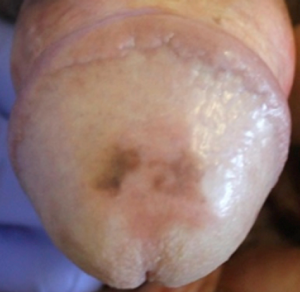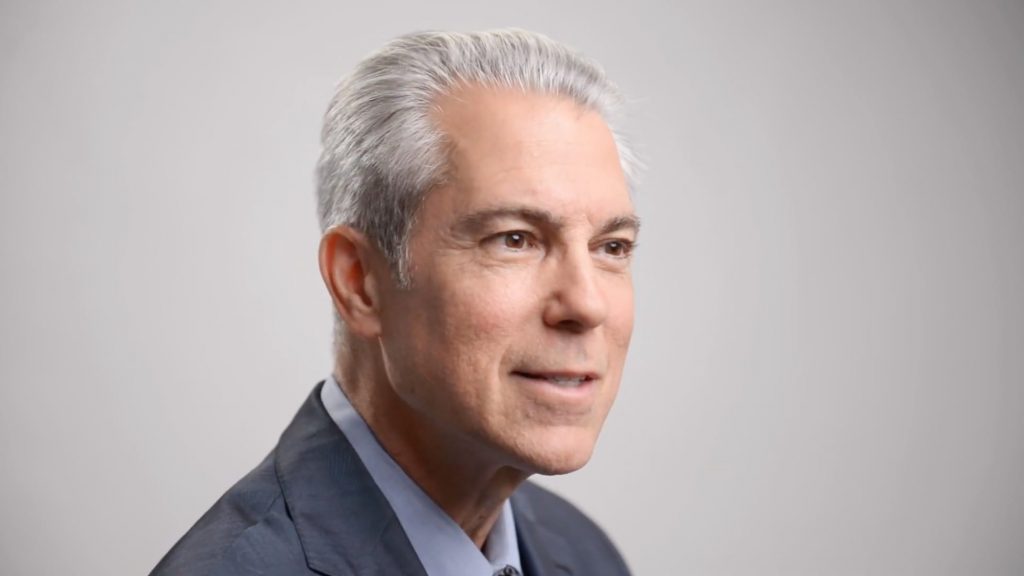Penile Lichen Sclerosus
Book a consult today
Consultation
What is Penile Lichen Sclerosus?
Penile lichen sclerosus, also known as balanitis xerotica obliterans (BXO), is a skin condition (fibrosis) that can cause disease and scarring of the penile foreskin, glans and urethra. This can lead to phimosis and stenosis (narrowing) of the urethra.
Penile lichen sclerosus is a skin condition usually seen in uncircumcised men and boys.
It may appear as a scaly patch on the foreskin and can cause the skin to look cracked and feel sore. Lichen sclerosus is the most common cause of an acquired tight foreskin.
Despite the tendency to affect genital skin, BXO is not an infection – the disease is not contagious, so sexual partners cannot pick it up. Rarely, BXO can be hereditary.
Injection therapy and circumcision are the primary treatment methods employed at Precision Clinics, as well as other options, including topical medication as appropriate.
Please contact us to schedule a consultation for lichen sclerosus treatment.
No referral is needed.
We can help.
-
Scientific Studies

Symptoms of BXO or Lichen Sclerosus
Men and boys with penile lichen sclerosus may have phimosis, an inability to retract the foreskin. The foreskin may harden and become inflexible, and the same can occur with the skin of the glans.
Men may also experience difficulty with urination, either because of severe phimosis or stenosis – a narrowing of the urethra. In some cases, the foreskin can adhere to the head of the penis due to chronic inflammation.
Lichen sclerosus can be asymptomatic, but is usually itchy. Other symptoms include:
- A burning sensation
- Bleeding
- Fissuring
- Painful urination
- Painful erections
- Painful sexual intercourse
- Poor urinary stream (dribbling or spraying)
Early manifestations of lichen sclerosus may be more subtle, including discoloration of the skin, red or purple spots, and visible capillaries under the skin.
Causes of Lichen Sclerosus or BXO
Lichen sclerosus is poorly recognized; reported figures likely underestimate the prevalence of this disease.
Lichen sclerosus can occur at any age, but it commonly peaks in childhood and again when men are in their forties and fifties. In studies of foreskins removed for phimosis, a majority are found to have lichen sclerosus.
The exact causes of lichen sclerosus are unknown. It is usually seen in uncircumcised men. Chronic infection and inflammation are suspected contributing factors. Obesity, anatomical abnormalities (such as hypospadias), and trauma (surgery, piercings) may also be factors. Lichen sclerosus does not occur in men who were circumcised at birth.
Lichen sclerosus on the penis may be due the long-term effect of occlusion of urine causing irritation and inflammation on the glans and prepuce.
It is not a sexually transmitted disease and is not transmitted to sexual partners of patients.
Risks of Penile Lichen Sclerosus
Men with penile lichen sclerosus or BXO are at higher risk of developing penile cancer. In addition, the progression of the disease may result in urethral strictures, inability to urinate, and bladder and kidney damage.
While a circumcision is a treatment option for many patients it may not necessarily be curative on its own because the disease can reappear on the glans, urinary meatus and urethra, and that is why circumcision and injection therapy treatment are often employed together.
Circumcision alone is an effective option for patients who have phimosis.
The most common complications of lichen sclerosus include:
- Phimosis, due to adhesion of the prepuce to the glans.
- Paraphimosis, in which retraction leads to constriction of the penis shaft and atrophy of the glans.
- Urinary retention.
- Urethral stenosis, and altered flow.
- Retrograde damage to the bladder and kidneys.
In the longer term, lichen sclerosus has been associated with penile cancer. Cancer may be more likely if lichen sclerosus does not receive treatment and there is ongoing active disease. One third to one half of all penile cancer is associated with lichen sclerosus with an incidence rate ranging from 0–12.5%.
We can help.

Treatment Options for Balanitis Xerotica Obliterans in Kelowna
Treatment options for male genital lichen sclerosus include:
Injection Therapy

Additional Therapies
In addition to injection therapy, Precision Kelowna also offers other treatment options for male genital lichen sclerosus:
Circumcision
Circumcision is a simple procedure in which the foreskin that sheathes the head of the penis is removed. Since foreskin traps bacteria and other infectious agents, its removal may improve genital hygiene and reduce risk of disease and future sexual partners.
Topical Medications
Topical ointments or creams are commonly prescribed for lichen sclerosus. This treatment can reverse some of the histologic changes of lichen sclerosus with reduction in epidermal atrophy.
The Lichen Sclerosus Treatment Procedure
Injection therapy is a simple and near painless procedure which uses factors drawn from your own blood to treat penile lichen sclerosus.
Your blood has a variety of substances with healing properties. The procedure puts some of your blood through a proprietary process to separate the beneficial factors, and creates a penile injection from a small quantity of your own blood.
The penile injection delivers several different growth factors which can stimulate reparative and healing properties. There is promising scientific data that shows the potential ability and safety of injection therapy in improving the health and functioning of penile tissue.
Injection therapy is a well-tolerated procedure that usually has no impact on your medications or health conditions.
FAQ
Injection therapy is a suitable treatment option for boys and men with a mild or moderate case of penile lichen sclerosus.
Injection therapy is a simple and near painless procedure which uses factors drawn from your own blood.
Your blood has a variety of substances with healing properties. The procedure puts some of your blood through a proprietary process to separate the beneficial factors, and creates a penile injection.
The injection delivers several different growth factors which can stimulate healing of the penile tissue.
A temporary skin reaction at the site of the injections can sometimes occur. The injection is derived from your own blood, so the risk of a negative reaction is minimal.
Generally, the patient attends five treatment sessions, with two to four intervening weeks between each session. Each treatment session lasts about 45 to 60 minutes.
You may begin to see results in three months. However, the primary benefits usually show up six months after the injections. These include improvements in skin quality and skin density.